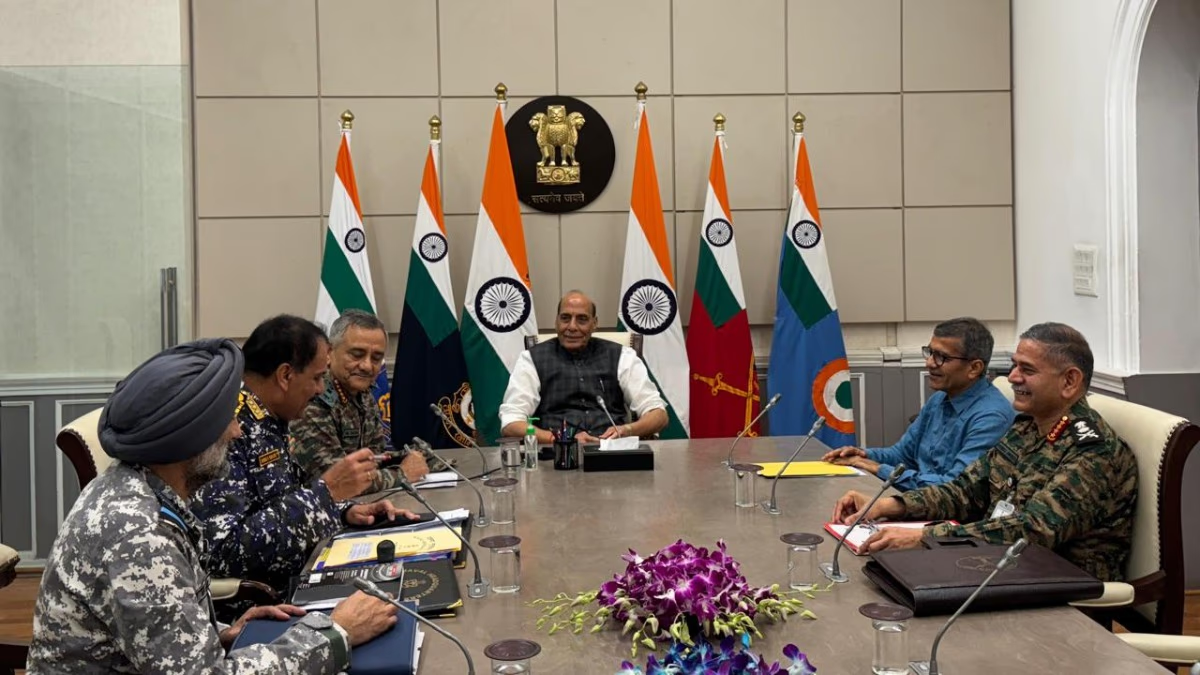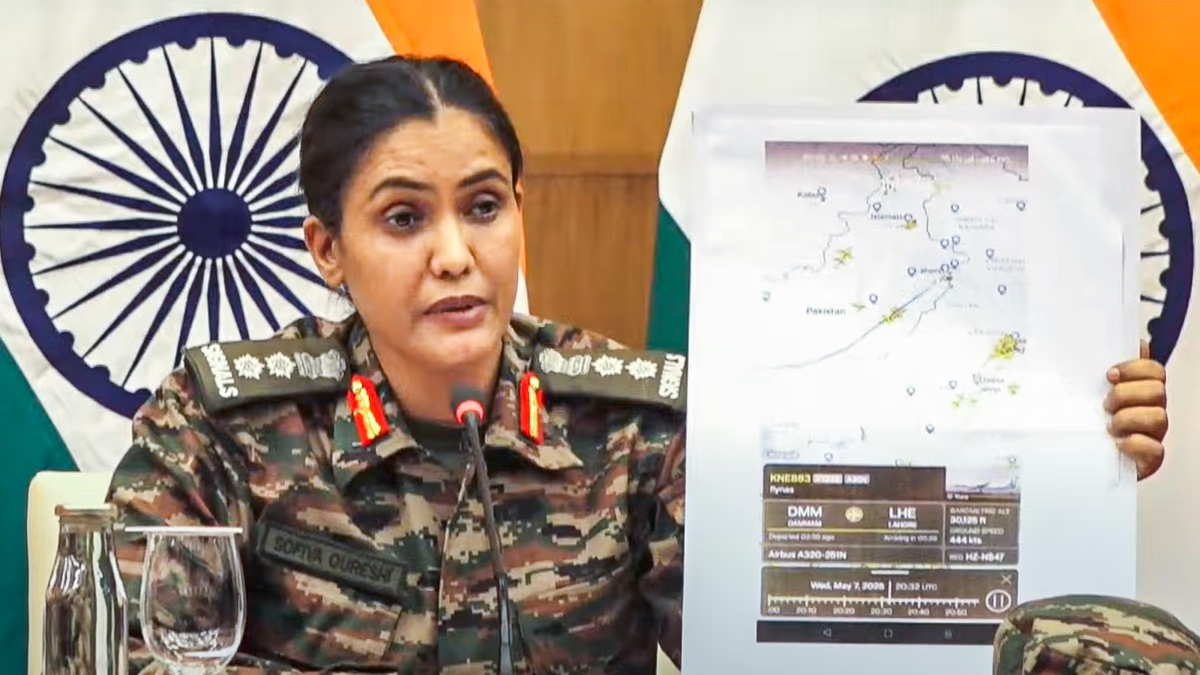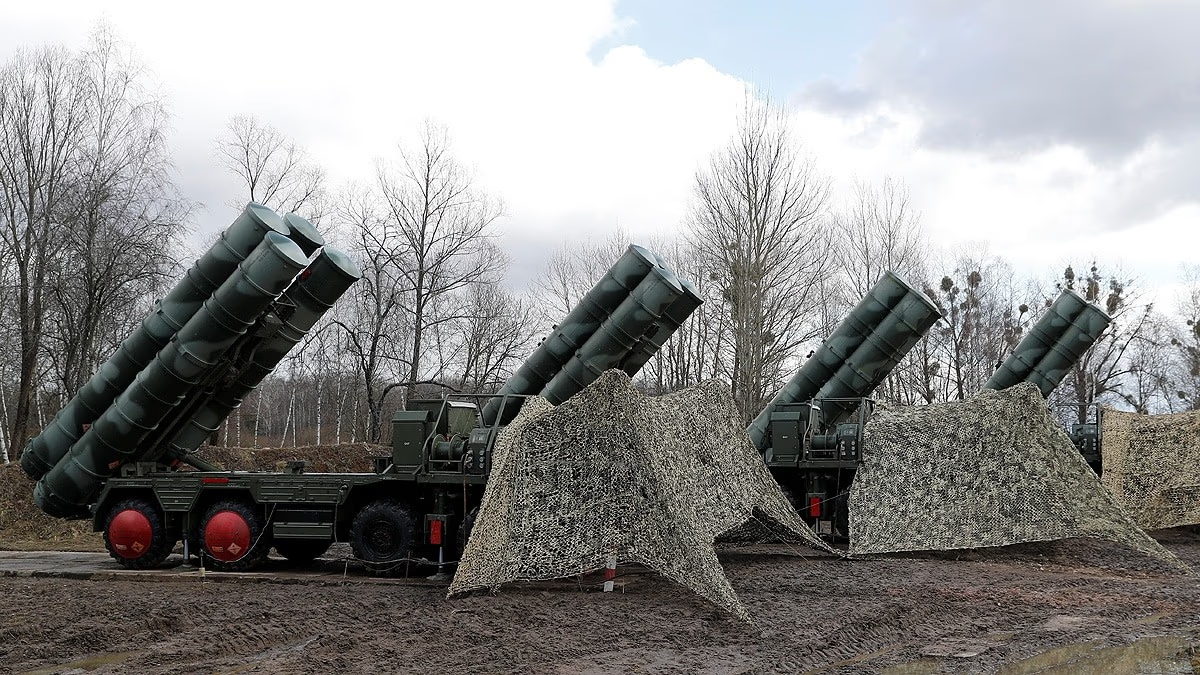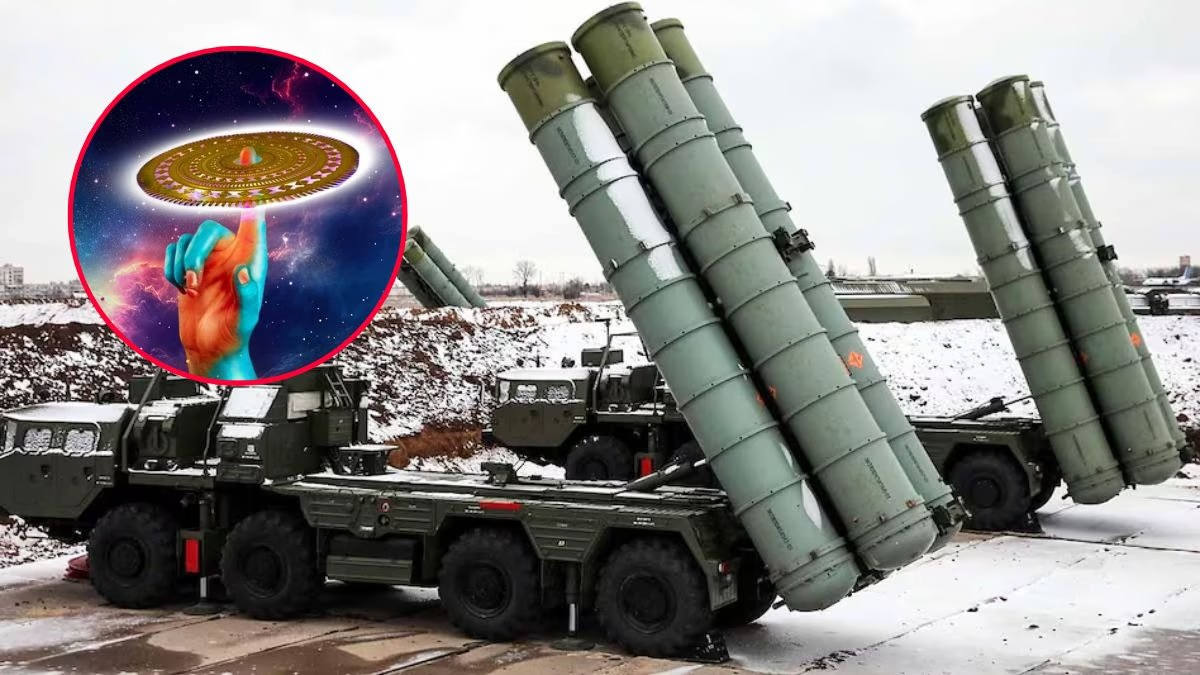On the night of May 8-9, following unsuccessful drone and missile attacks by Pakistan, Defense Minister Rajnath Singh convened an important meeting with the Chief of Defense Staff and the heads of the three armed forces. The image from this meeting has sent a significant message to the nation and the world. The high-level meeting in this closed room revealed all the officials not only appearing calm, composed, and confident but also showcasing India's strategic stability and readiness through their poised demeanor and subtle smiles.
Army Chief General Upendra Dwivedi, Air Force Chief Air Chief Marshal AP Singh, Navy Chief Admiral Dinesh K Tripathi, and Chief of Defense Staff General Anil Chauhan participated in the meeting. The confidence shown in the picture was not just emotional reassurance but a clear message: 'India is safe, the leadership is alert, and there is no need to panic.'
A Portrait of Confidence Amid Air Attacks
When Pakistan attacked Indian military installations with drones and missiles, the Indian air defense system immediately sprang into action. The air defense grid, covering 1,800 kilometers across the country, destroyed more than 50 drones mid-air and secured over 15 key locations.
Large-Scale Anti-Drone Operations in Jammu & Kashmir and Punjab
In collaboration with air defense units, the army conducted large-scale anti-drone operations in Udhampur, Samba, Jammu, Akhnoor, Nagrota (all in Jammu & Kashmir), and Pathankot (Punjab). This campaign involved using L-70 guns, ZSU-23mm, Shilka, and other anti-drone systems, showcasing the Indian Army's formidable capability to neutralize aerial threats in real time.
India's defensive might was bolstered by the Russian-made S-400 air defense system, known as 'Sudharshan Chakra,' which played a crucial role in thwarting attacks at nearly 50 locations. Additionally, the Israeli-origin Harop drones were employed for precise retaliatory strikes, further enhancing India's strategic balance. Sirens and explosions resonated in areas such as Akhnoor, Samba, Baramulla, and Kupwara, as the Indian Army maintained an aggressive watch in the sky throughout the night.




